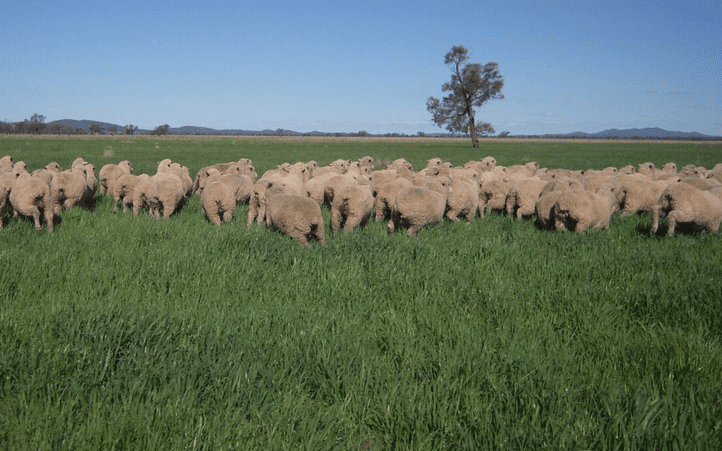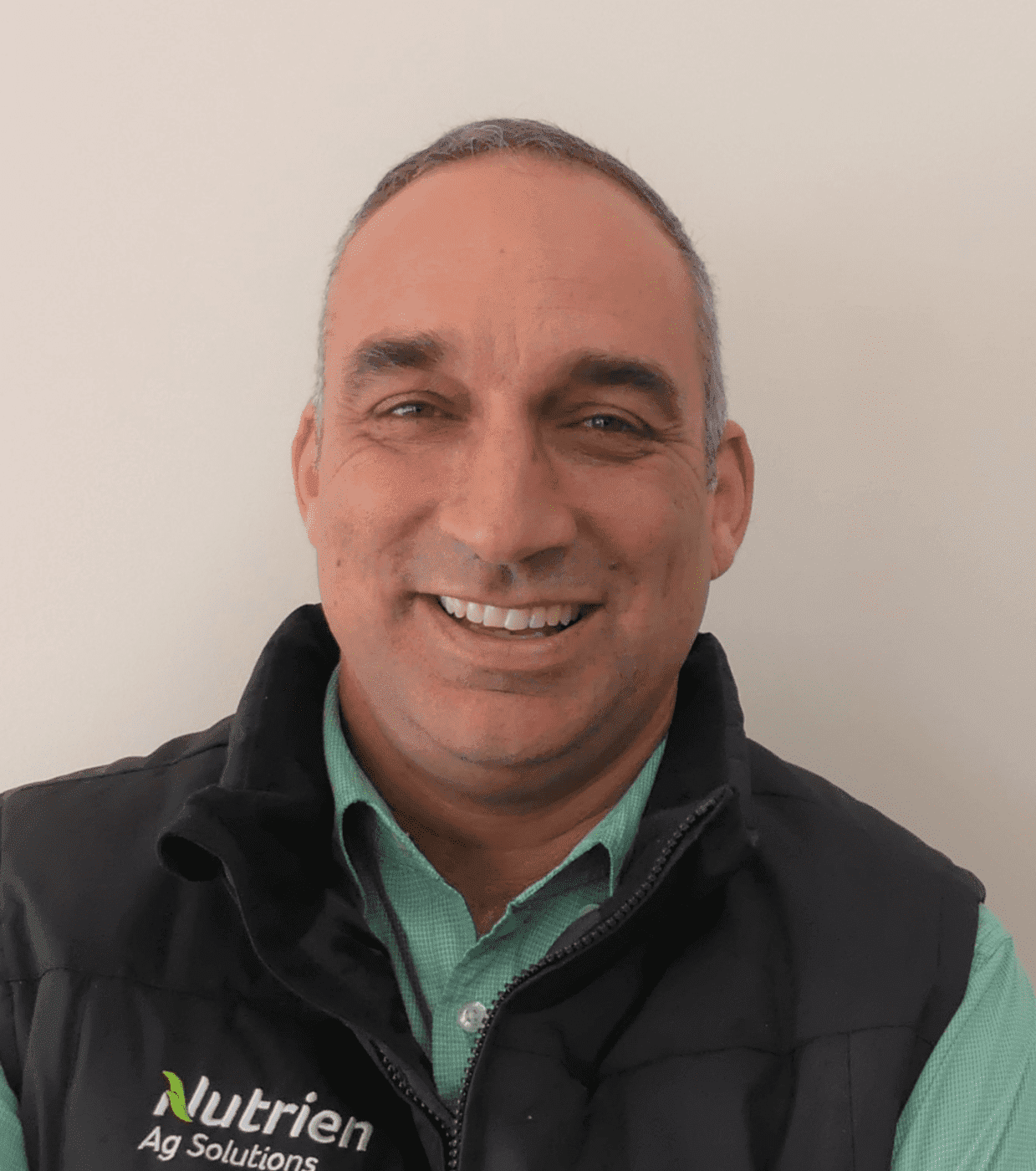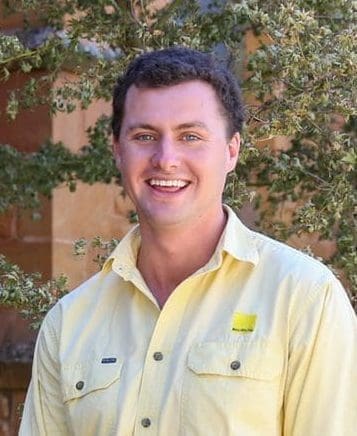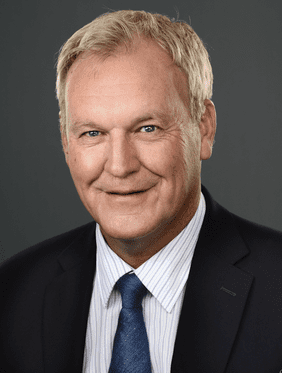
Borambil Station offers large-scale mixed farming east of Condobolin. Photo: LAWD
THIS week’s property review shines a regional spotlight on New South Wales’ Central West, which stretches from Lithgow to Condobolin on the Lachlan River.
The region has been attracting producer investors, particularly from southern areas and states, seeking expansion.
Regarded as livestock breeding/finishing country and also for hay and cropping, the Central West is being viewed by many as offering value for money in the current market conditions, versatility and location.

Ashley McGilchrist
In the past 12 months, Ashley McGilchrist from Nutrien Harcourts at Warren notes there have been more properties listed in the Central West region than in the past four to five years.
“Holdings with scale and good quality infrastructure and country are commanding the most inquiry,” he said.
When it comes to yield versus rainfall versus price per hectare in the Central West, Mr McGilchrist said buyers are speaking with their wallets.
“Property prices across the board have increased by 100 percent over the last two years.
“Despite the rise, the region is viewed as value for money.”
Mr McGilchrist said producers, particularly from South Australia and southern regions of NSW, were coming into the region and aggregating several properties into larger holdings.
“They are creating satellite businesses with enough scale, anywhere from 4000ha to 8000ha, to warrant their own management. These properties are not always contiguous, but they are usually in close proximity,” he said.
Many livestock producers were coming into the region seeking diversity and reliable rainfall.
“Producers who purchase here can spread risk by putting arable country through a cropping phase and then returning it to perennial pastures and running some livestock when the seasons or prices dictate,” Mr McGilchrist said.
Over the past three or four years, while livestock prices have been strong, producers have been making significant investments.
“Thousands of kilometres of new fencing have been erected across the Central West, as well as new yards and shearing sheds. Following the drought, locals have been improving their pastures.”
Paddy Ward, Ray White Rural Condobolin
Paddy Ward from Ray White Rural Condobolin said traditionally, the area attracted buyers from Swan Hill, Yarrawonga and Albury/Holbrook due to the similar country types.

Paddy Ward
“Southern producers are paying ten times more for country and are not reaping ten times the yield, so it makes sense to come to the Central West and pay $800/ac not $8000/ac,” Mr Ward said.
Sometimes, southern producers interested in the region were situated in tightly held areas or were landlocked.
“These producers have difficulty expanding their current operations and as a result, country is purchased in the Central West to relocate family members.”
“More often than not, they dip their toe in with a smaller block and if successful, expand and create a much larger footprint,” he said.
Mr Ward said land values depended on arability.
“North of Condobolin, prices range from $1700/ha ($700/ac) to $2500/ha ($1000/ac) for mixed livestock and cropping. South of Condobolin they increase from $3400/ha ($1400/ac) to $5000/ha ($2000/ac) for cropping country only.”
Mr Ward said producers often flipped their places from livestock to cropping, to livestock, depending on the seasons and the markets.
“Producers may grow lucerne for three to four years and when the paddocks are cleared of grass and timber, they will revert back to livestock to spread the risk.”
In terms of property size, grazing blocks range from 1600ha to 8000ha or around $1000 per DSE to $1100 per DSE, while cropping blocks range from 800ha to 2500ha.
Shift in livestock
Mr Ward said an interesting shift in the Central West was the move from Merinos into Dorpers and Australian Whites.
“Younger producers are running less intensive management-type sheep breeds due to a lack of shearers and they don’t want to have to check for flyblown sheep on a daily basis.”
Mr Ward said branching into Dorpers meant producers need to invest more money into better fencing, something that is now under way across the region.
Gary Johnston, Johnston Rural Group, Forbes
Forbes-based rural property specialist Gary Johnston from Johnston Rural Group said there was still strong demand for country in the Lachlan Valley.

Gary Johnston.
“The spotlight is on the Forbes district because people recognise it is an area where they can build aggregations due to the affordability of land,” he said.
On average, grazing blocks range in size from 200ha to 800ha, with some of the larger broadacre properties spanning 1000ha to 13,000ha.
Mr Johnston said land values to the east of the Newell Highway had previously escalated at a much higher rate than Forbes and the Lachlan Valley.
“This has resulted in buyers now looking further afield for value for money acquisition opportunities.”
“Rapidly rising land prices in the south have also resulted in producers from the Riverina and Victorian regions increasing their activity in the area over the past three years.”
He said as well as value for money and location, producers are attracted to the region’s versatility and suitability to both corporate and family farming models.
“Many producers no longer want to be locked-in to a specific livestock type or crop. Most mixed farms have sheep or cattle or both and also grow cereals and oilseeds.”
Mr Johnston said many producers wanted the flexibility to shift a focus onto more cropping when livestock prices are down and vice versa.
“The performance of dual-purpose wheats, grazing canolas and enhanced varieties of pastures and lucerne, grown in significant volumes, are helping producers to lift carrying capacities.”
He said the mid-Lachlan region did not experience tough, cold winters.
“It has a longer growing season for livestock purposes and one of the biggest livestock exchanges in the state.”
“There are impressive cropping yields, cotton has arrived, and water is relatively cheap compared to most other valleys in New South Wales,” he said.
Mr Johnston reports significant inquiry from family level producers (both locally and from elsewhere) seeking properties in the $3 million to $12 million price range.
“In the current economic climate, producers recognise it is important to take a longer-term view and are more willing to invest in an area that is value for money because of the closer correlation between earning capacity and underlying asset values.”
He said the short-term profit makers had done very well in Forbes, but many new investors had longer investment horizons.
“These people are looking to invest for between 10 and 30 years, or even longer for family farming operations.”
In 2017, Mr Johnston handled the sale of Jemalong Station and Citrus and was also involved in aggregating some of the Sunshine Farms portfolio that has recently returned to market.
He said corporate and institutional investors are seeking properties in the $30 million to $100 million-plus range.
“There is good demand for large-scale aggregated properties and the values have not diminished because there are few available and are tightly held.”
Recent listings
- 14,075ha Sunshine Farms Aggregation, Forbes
- 3139ha Glenkerry, Condobolin
- 1758ha Castle Hill Aggregation, Parkes
- 1497ha Tyrone, Coonamble
- 3115ha Glendale, Trundle
- 2386ha Glenmuir and Tickatoo, Collie
- 1674ha Killarney and Strathaven, Buddigower
- 913ha Lynnwood, Narromine
- 1266ha Brooklands Aggregation, Peak Hill
- 2398ha Wallaroi West, Condobolin
- 1528ha Kilrea Aggregation, Bribbaree
- 14,442ha Borambil Station, Condobolin
- 15,264ha Black Range Station, Condobolin
- 1861ha Part Goodsell Aggregation, Peak Hill/Trundle
Recently sold
- 13,498ha Jemalong Station, Forbes, was purchased by Lawson Grains for around $85M.
- 1973ha Yarrawong Aggregation, Trundle, was purchased by a Condobolin family for $11M or $5575/ha bare.
- 4516ha Meryon Aggregation, Warren, sold to Coonamble’s Angus and Hugh Maunder for between $20M-$22M.

HAVE YOUR SAY